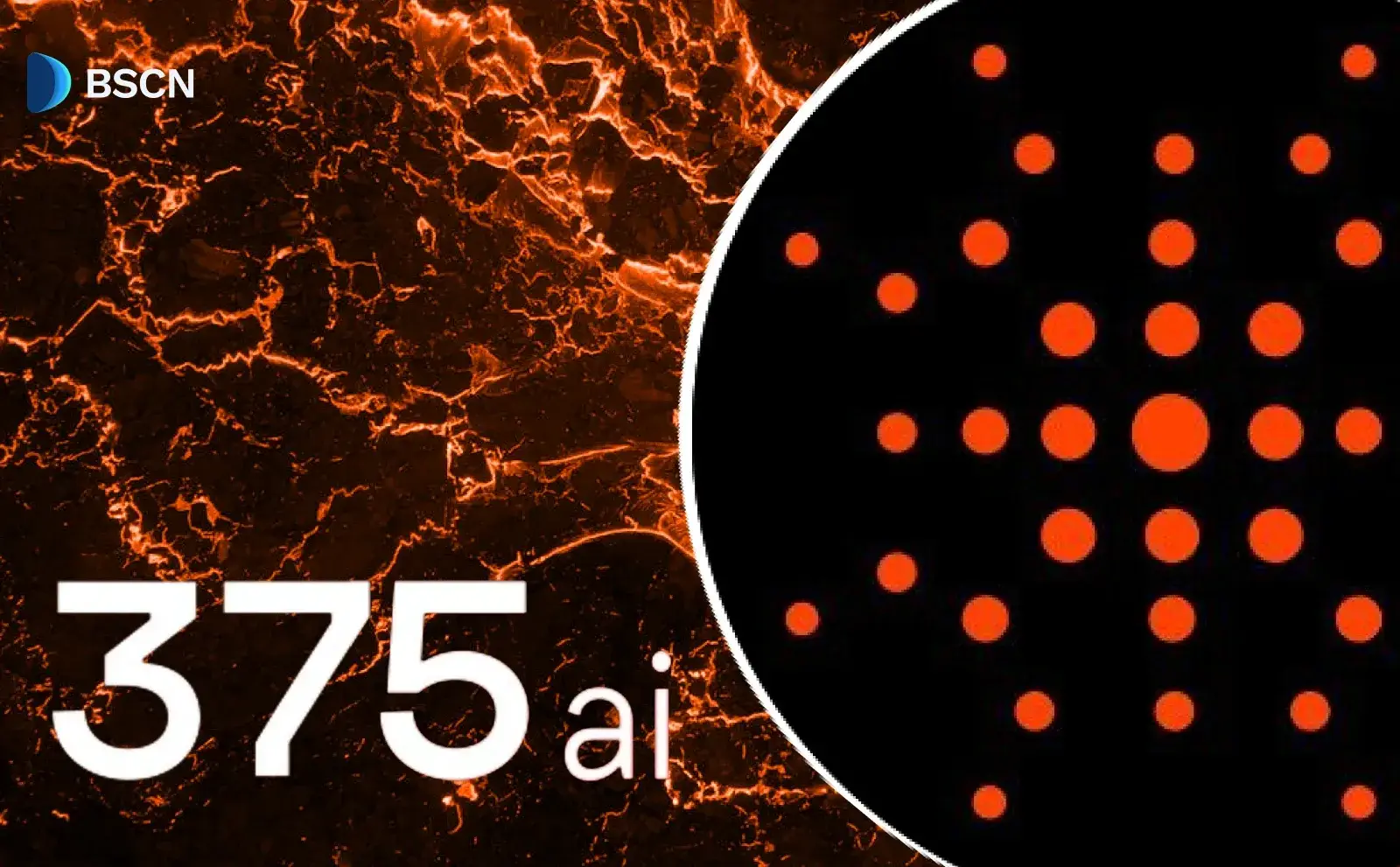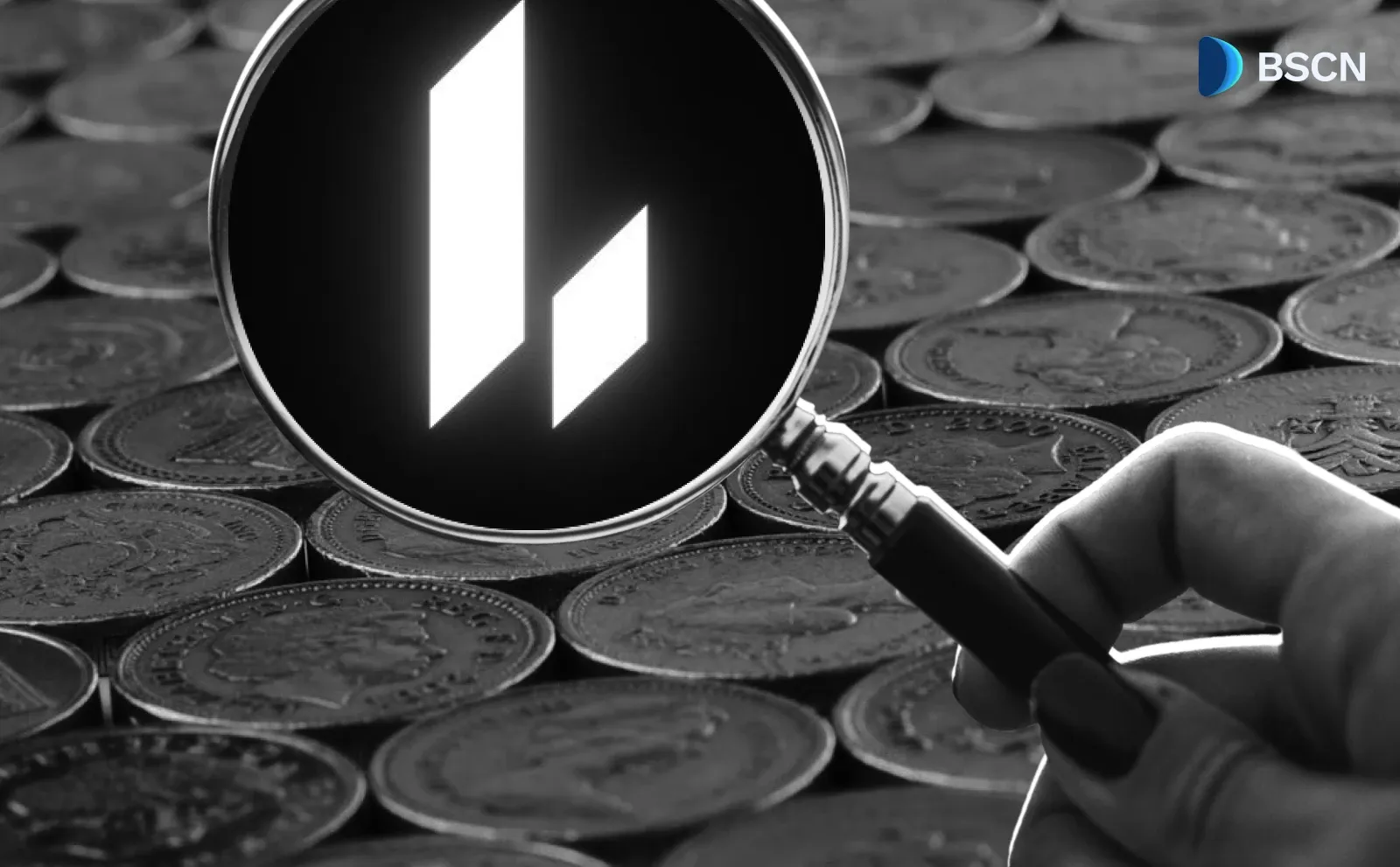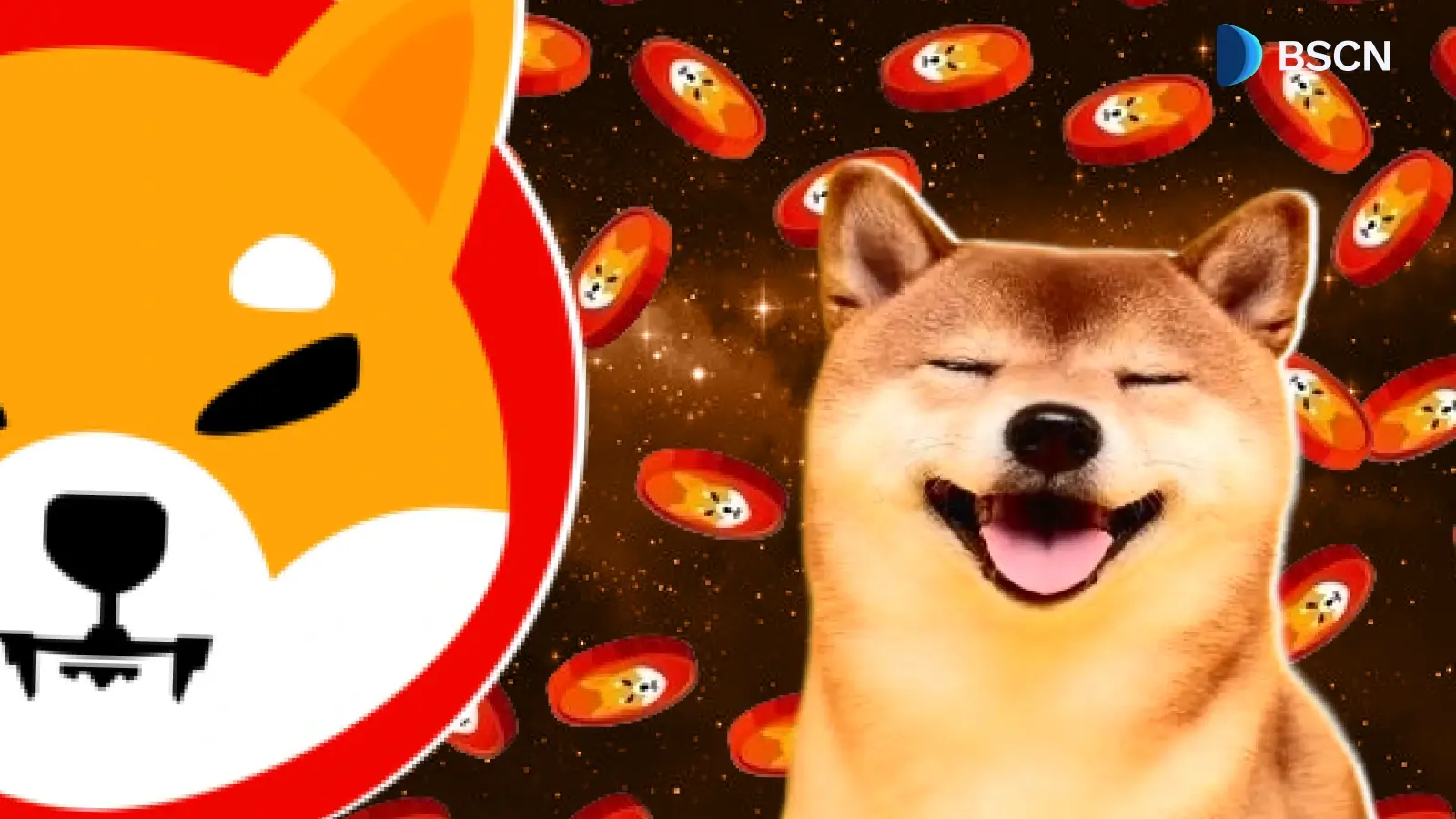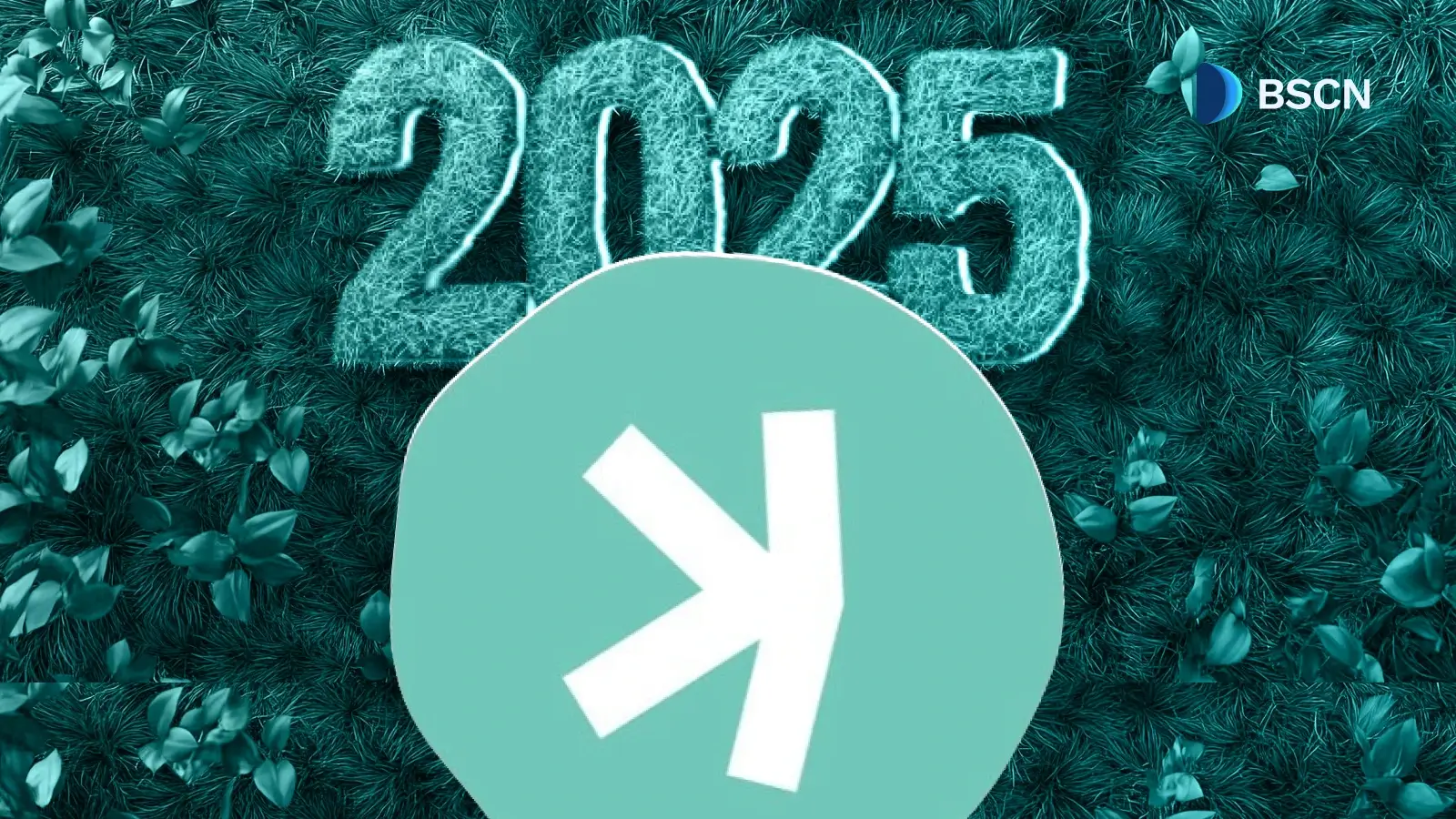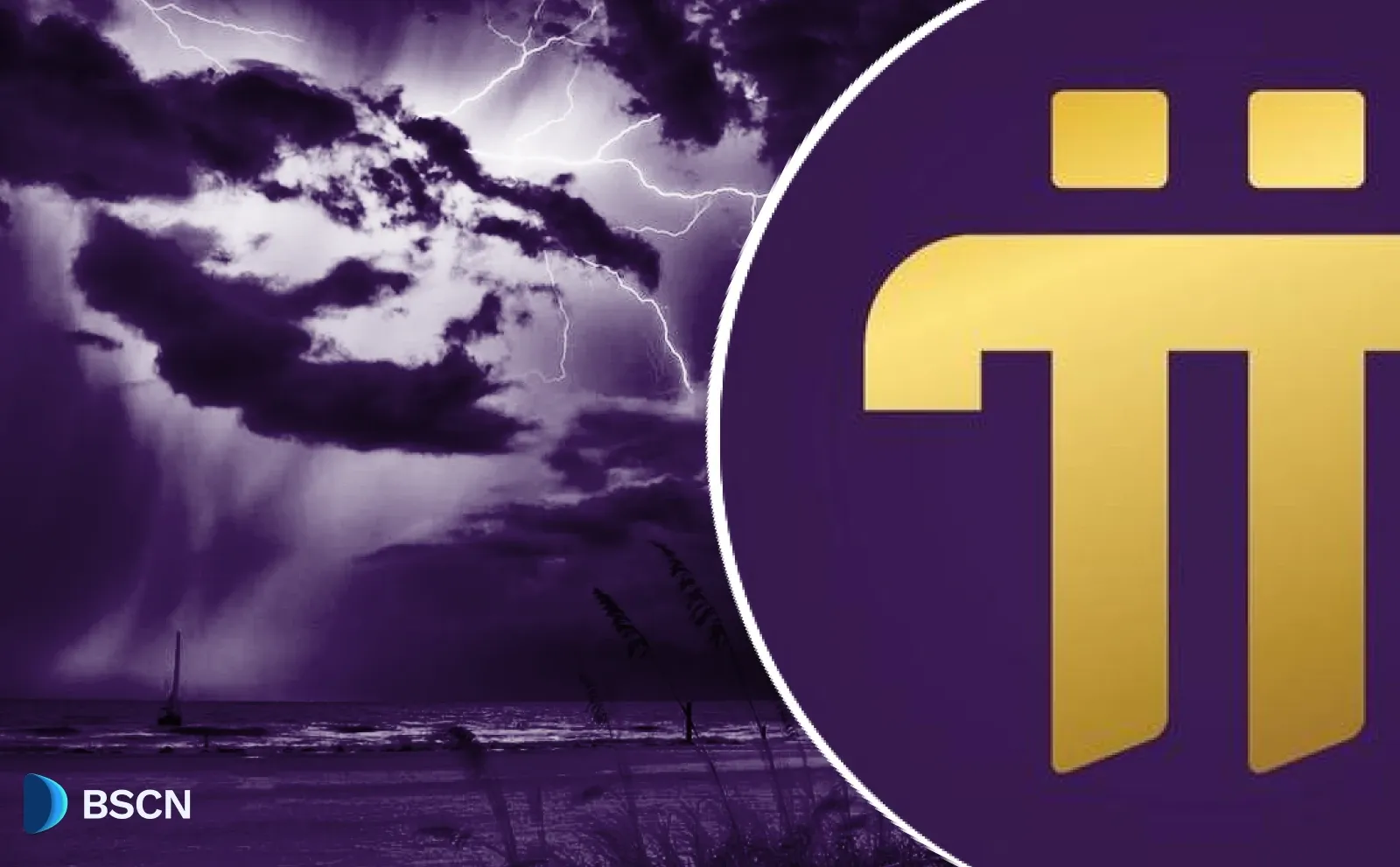News
(Advertisement)
Interlink’s $ITLG Burning System Begins September 2025
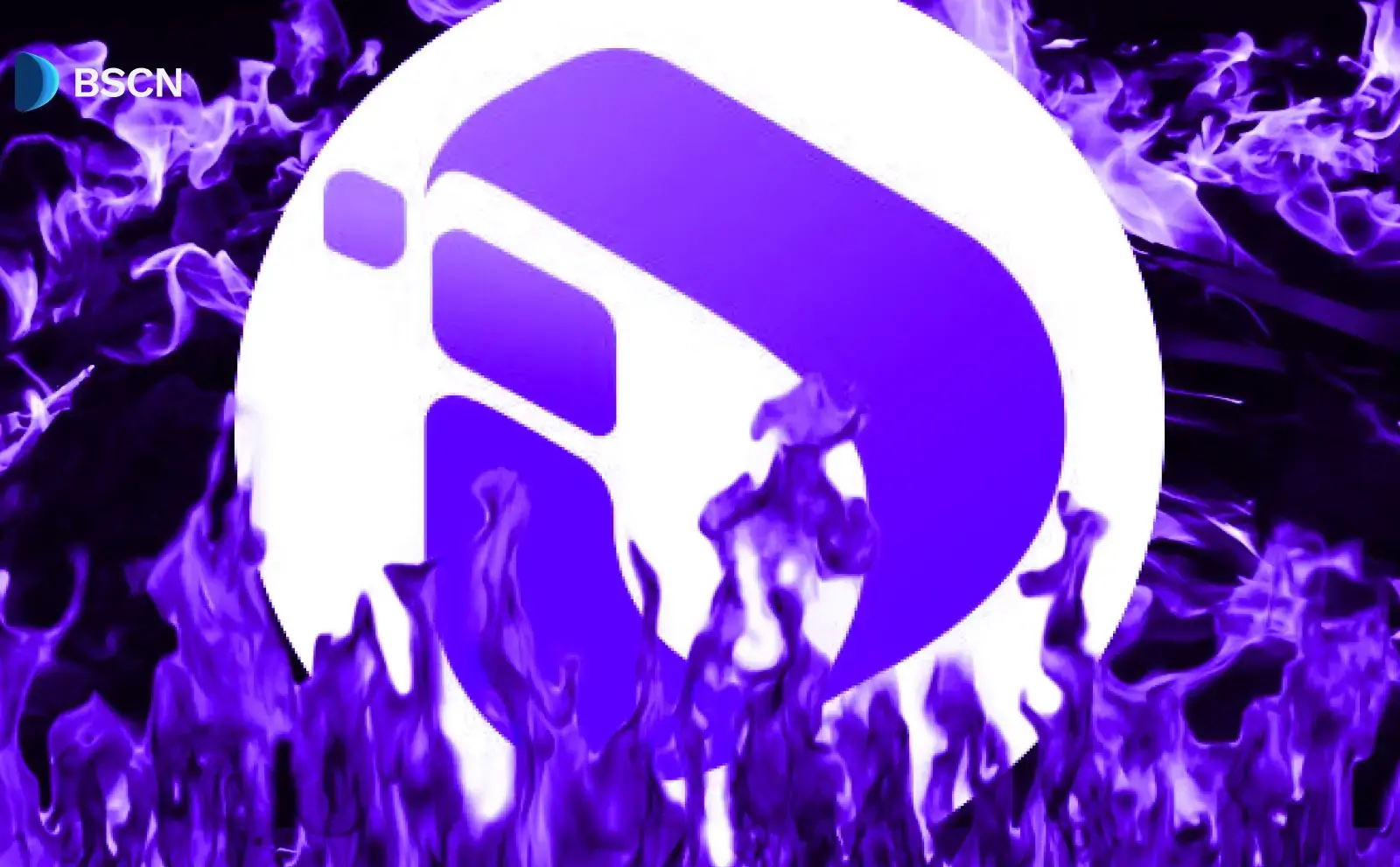
Interlink’s recent months have been defined by a focus on tokenomic design. Its $ITLG burning system begins on September 1st, 2025.
Jon Wang
August 28, 2025
(Advertisement)
Table of Contents
Interlink, the project tasked with developing the so-called ‘Human Network’ introduced its dual-token model in June 2025, with an updated whitepaper that outlined the roles of its two tokens: $ITG and $ITLG.
With $ITG acting as a reserve asset, and $ITLG representing active participation by real humans with the network, its latest announcement involves the latter of the two tokens.
On August 28, 2025, Interlink announced that its new ‘$ITLG Burning System’ would be fully implemented, beginning September 1, 2025.
This new system is designed to create additional scarcity for $ITLG, beyond its 100 billion token supply, and preserve value by diminishing the asset’s supply over time. It also serves a key role in ensuring active participation from the network’s community of human nodes.
What is Interlink’s $ITLG Token?
$ITLG, or the ‘Interlink Genesis Token’, serves multiple purposes within the project’s ecosystem.
It plays a core role in network governance, with $ITLG holders able to vote on core governance proposals, to help shape the future of the Interlink ecosystem.
The asset is also crucial to the network’s incentive mechanisms, with holders able to “Receive token incentives from projects building on the Human Network — proportional to $ITLG holdings and participation level”, per the project’s official whitepaper.
Beyond this, the token further serves as a payment currency for Interlink’s developing network of ‘mini-apps’ and also provides holders with early access to launchpad allocations and whitelists, regarding new projects within the Interlink ecosystem.

The asset’s allocation breakdown is simple, with 80% of the initial 100 billion tokens earmarked for Interlink’s famous ‘Human Node Miners’ and the remaining 20% reserved for network incentives and rewards.
Interlink’s $ITLG Burn System
Though the $ITLG burn mechanism does not appear to be explicitly mentioned in Interlink’s official whitepaper, it is a mechanism that many in the Interlink community will already be familiar with.
According to its official announcement on X/Twitter, the new mechanism is designed specifically to tighten $ITLG’s supply. The communications highlight successful burn mechanisms implemented by other crypto projects. Most notably, Ethereum:
“Throughout blockchain history, token burning has consistently proven its role as a mechanism to preserve value and create scarcity”, reads the official announcement.
However, beyond maintaining scarcity, Interlink’s new mechanism is also “closely tied to verification in blockchain migration”.
The burn mechanism itself is further designed to penalize human nodes that become inactive within the network. Inactivity is herein defined as a lack of participation within the network’s transaction verification processes.
The mechanism operates on a simple formula which ensures that prolonged inactivity ultimately results in the complete depletion of an inactive node’s rewards. This is key to incentivizing consistent participation from nodes that are crucial to the smooth functioning of the network.
To learn more about the Burn Mechanism itself and its detailed design, visit BSCN’s previous breakdown.
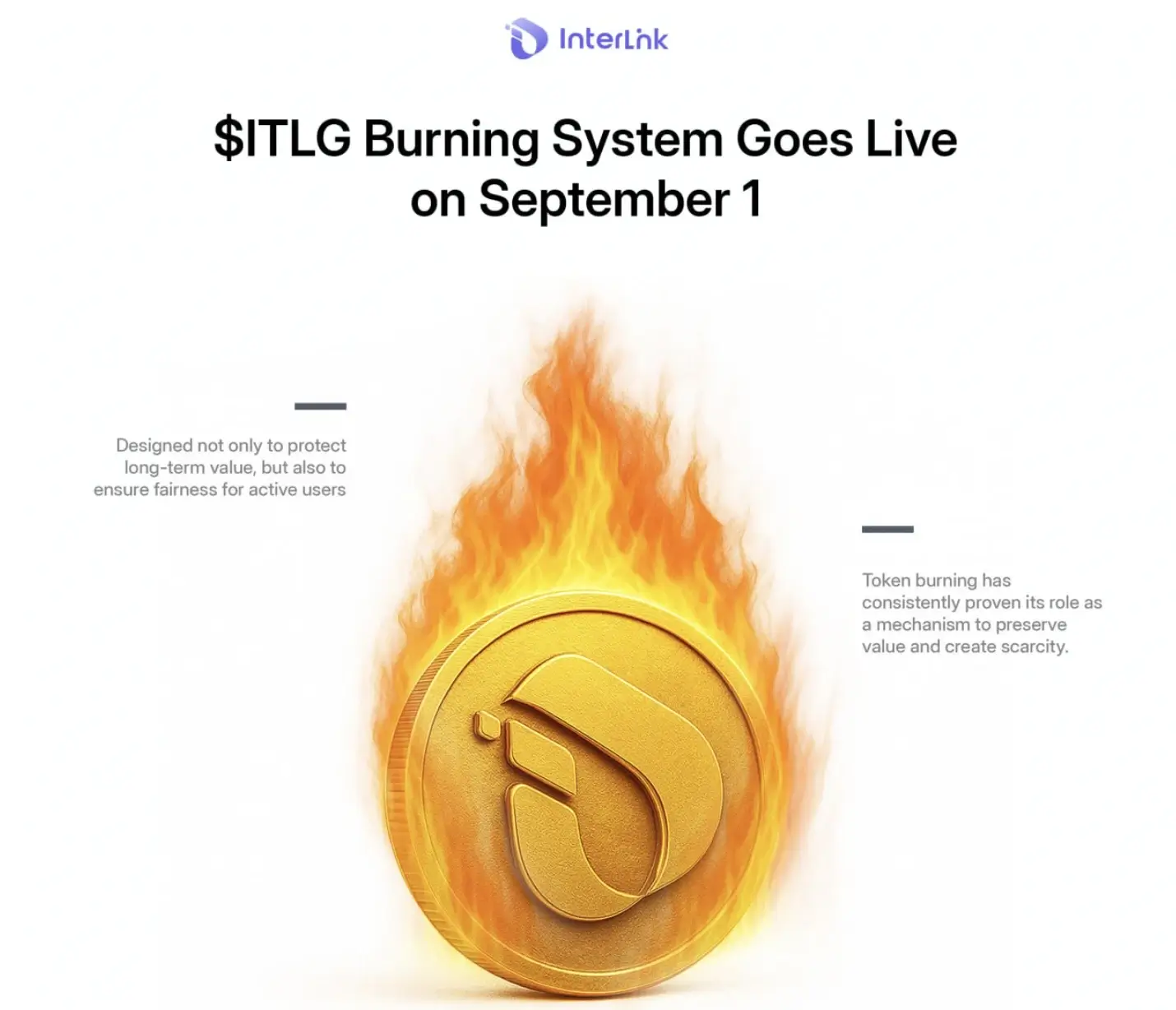
Interlink’s Next Steps
For some, the natural next step for Interlink would be the full launch of ‘verified’ tokens, able to be listed on exchanges. However, with little news or announcements regarding a concrete launch, the Interlink community may be waiting longer still, with many hoping for a Q4 milestone.
What seems more likely, however, is further updates and announcements regarding the project’s unique dual-token design. Perhaps an update on the results of implementation of the burn mechanism, after the September 1 implementation date.
With that said, one thing is for certain, the next few months are going to be pivotal for the Interlink development team, both in terms of maintaining momentum and implementing smoothly and meeting community hopes and expectations.
Sources:
- Interlink’s official updated whitepaper: https://whitepaper.interlinklabs.ai/
- Interlink’s social media communications: https://x.com/inter_link/status/1960900353890959708
- Interlink’s official website: https://interlinklabs.ai/
Read Next...
Frequently Asked Questions
What is Interlink’s $ITLG Token?
$ITLG, or ‘Interlink Genesis Token’ is the “represents the active participation of real humans in the InterLink network”, according to the project’s whitepaper. It is earned by Human Nodes and Miners in the Interlink network and serves several use cases, including governance rights, incentives, and even early access to new launchpad allocations.
What is Interlink’s $ITG Token?
$ITL is “designed to embody institutional alignment and long-term credibility within the InterLink ecosystem”, according to the project’s whitepaper. It is held by the likes of venture capitalists, institutional investors and network nodes that are “committed to InterLink’s long-term vision”. Its primary functions are to act as a staking and reserve asset.
When Will Interlink’s Tokens be Listed on Exchanges?
While no firm listing date has been set by Interlink for its $ITG and $ITLG tokens to be listed on exchanges (as of August 2025), the five-year roadmap in its whitepaper suggests that this will happen some time in 2025. Some community members expected a Q4 timeline.
Disclaimer
Disclaimer: The views expressed in this article do not necessarily represent the views of BSCN. The information provided in this article is for educational and entertainment purposes only and should not be construed as investment advice, or advice of any kind. BSCN assumes no responsibility for any investment decisions made based on the information provided in this article. If you believe that the article should be amended, please reach out to the BSCN team by emailing [email protected].
Author
 Jon Wang
Jon WangJon studied Philosophy at the University of Cambridge and has been researching cryptocurrency full-time since 2019. He started his career managing channels and creating content for Coin Bureau, before transitioning to investment research for venture capital funds, specializing in early-stage crypto investments. Jon has served on the committee for the Blockchain Society at the University of Cambridge and has studied nearly all areas of the blockchain industry, from early stage investments and altcoins, through to the macroeconomic factors influencing the sector.
(Advertisement)
Latest News
(Advertisement)
Crypto Project & Token Reviews
Project & Token Reviews
Comprehensive reviews of crypto's most interesting projects and assets
Learn about the hottest projects & tokens




